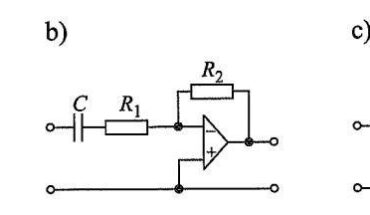
Hi everyone,
I’m looking for insights from experienced metrologists on how you ensure the correct measurement resolution when inspecting mechanical parts. I’ve encountered a bit of a dilemma in my work related to the formatting of dimensions on drawings and its impact on selecting the appropriate measurement tools.
Specifically, the ASME Y14.5-2018 standard recommends omitting trailing zeros for dimensions in metric units (e.g., “5 mm” instead of “5.00 mm”). However, I’ve always relied on those extra zeros to gauge the required resolution for my measuring equipment. Without them, it feels less intuitive to determine the level of precision needed for the inspection process.
I’m curious how others in the field address this issue. Here are a few specific questions:
- How do you determine the required resolution for your measuring equipment when trailing zeros are not present on a drawing?
- Do you rely entirely on tolerances specified in the drawing, or do you use any additional documentation or guidelines?
- Are there best practices or methods you follow to ensure the precision of your measurements aligns with the design intent?
- Have you encountered situations where unclear precision requirements led to misinterpretation, and how did you resolve it?
I’d love to hear about any approaches, tools, or standards you follow to address these challenges. If possible, please share examples or tips that could help others navigate similar situations.
Looking forward to learning from your experiences!
submitted by /u/DW_Swanson
[visit reddit] [comments]
Source link




